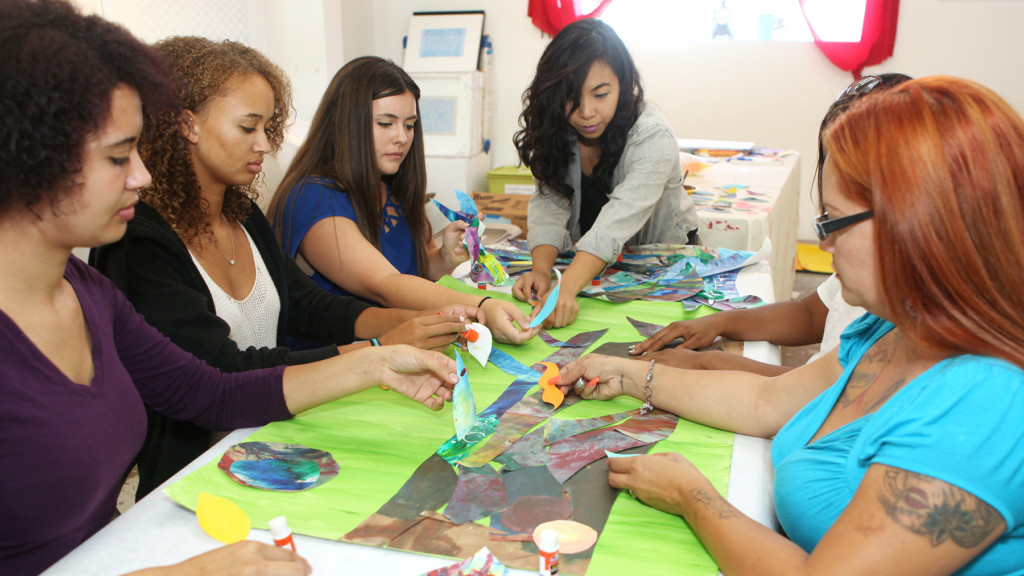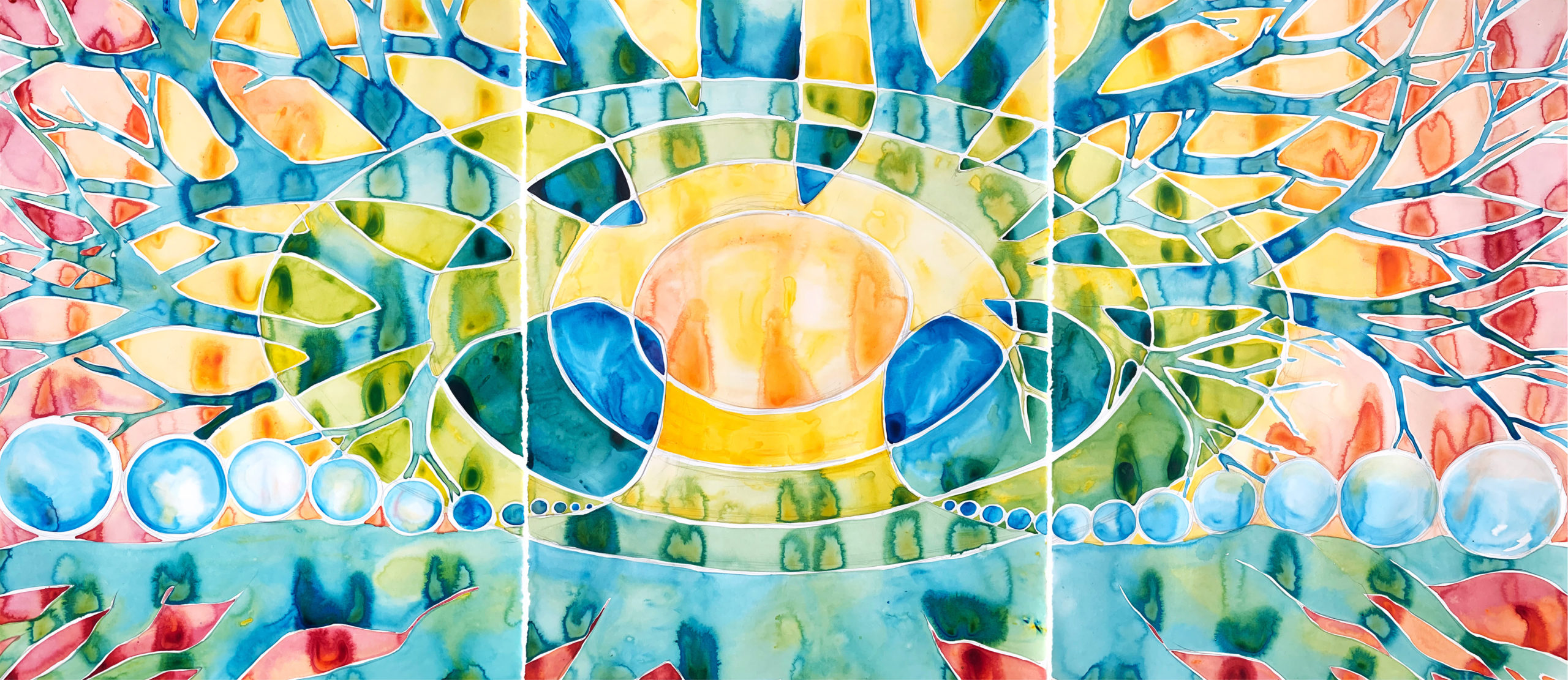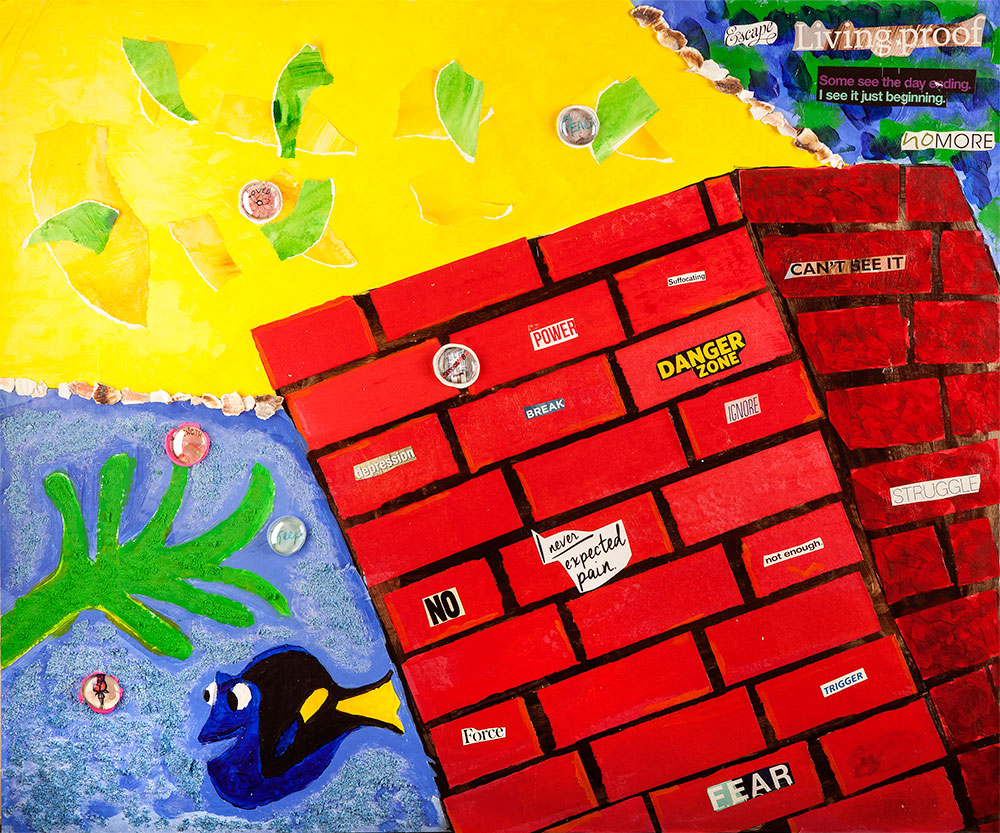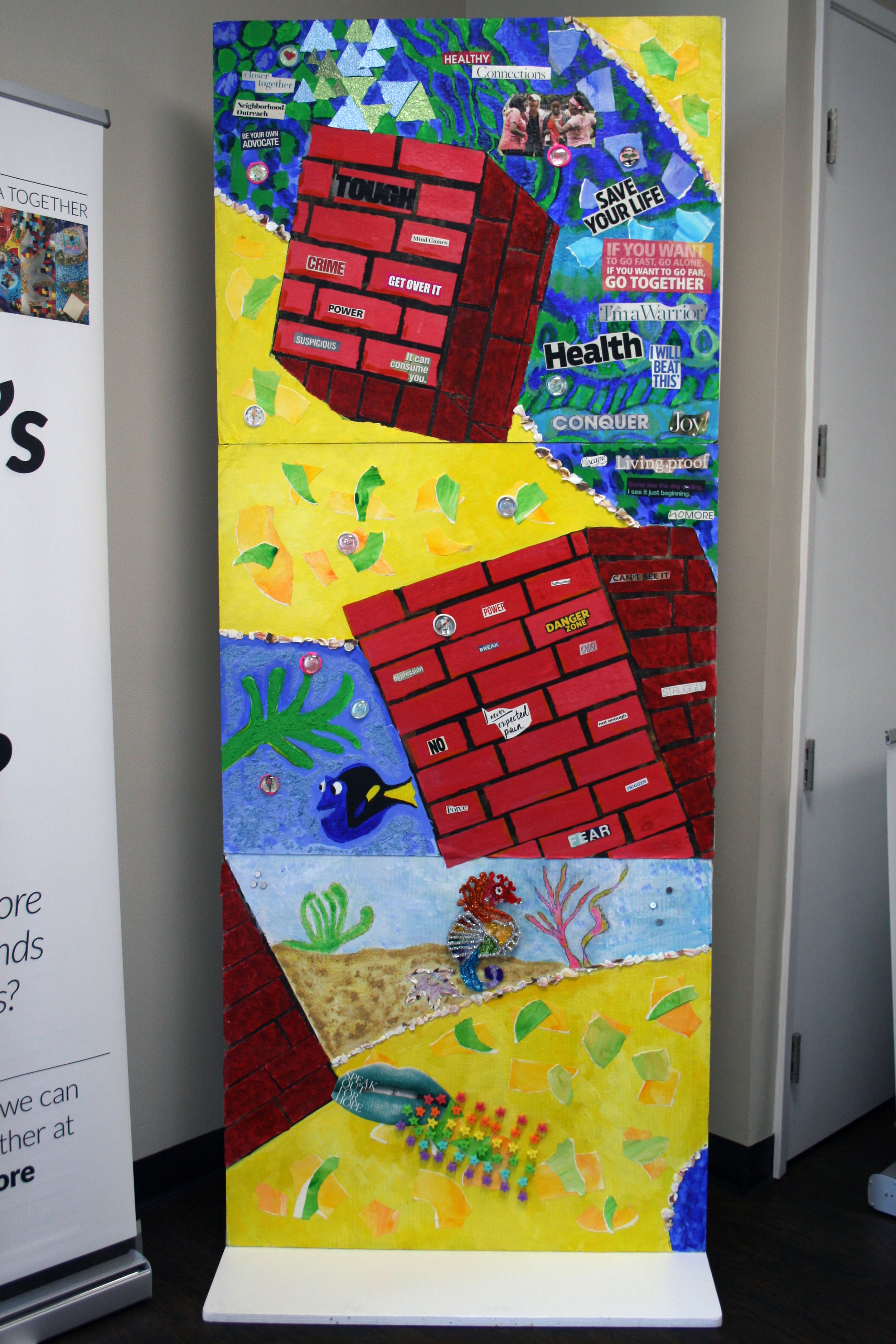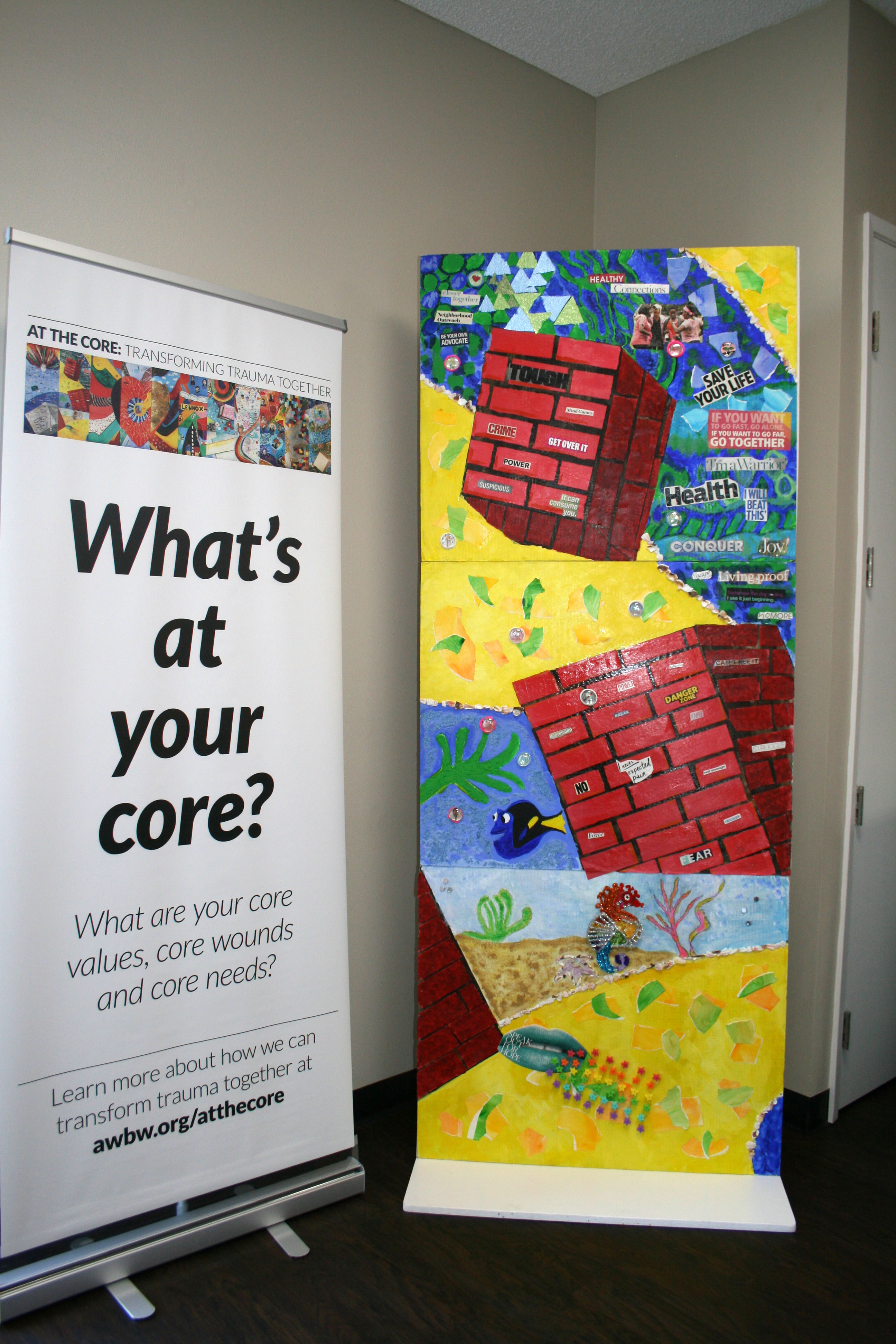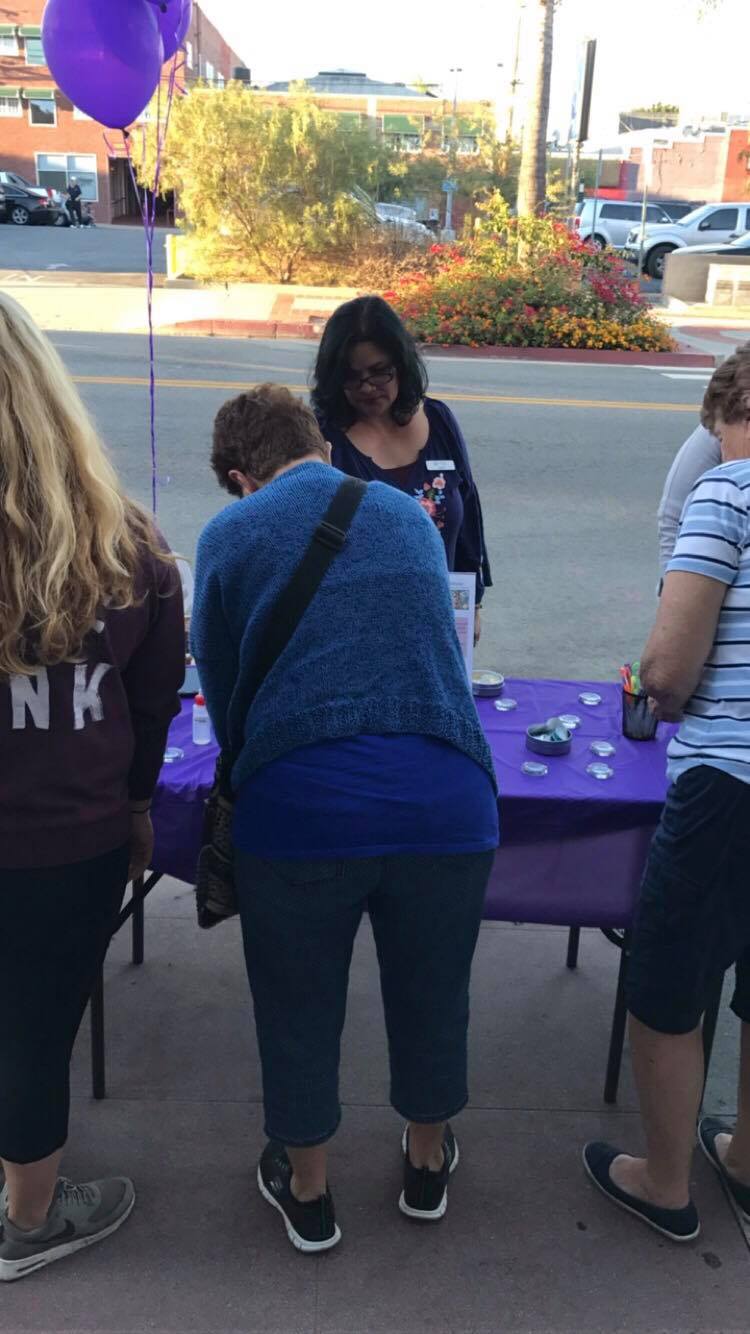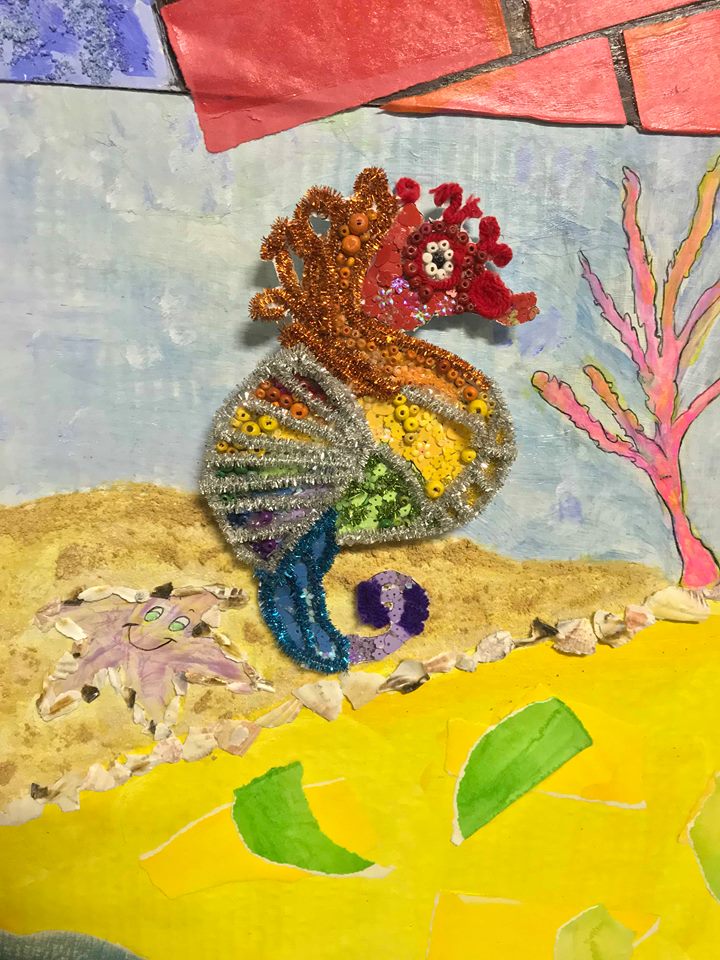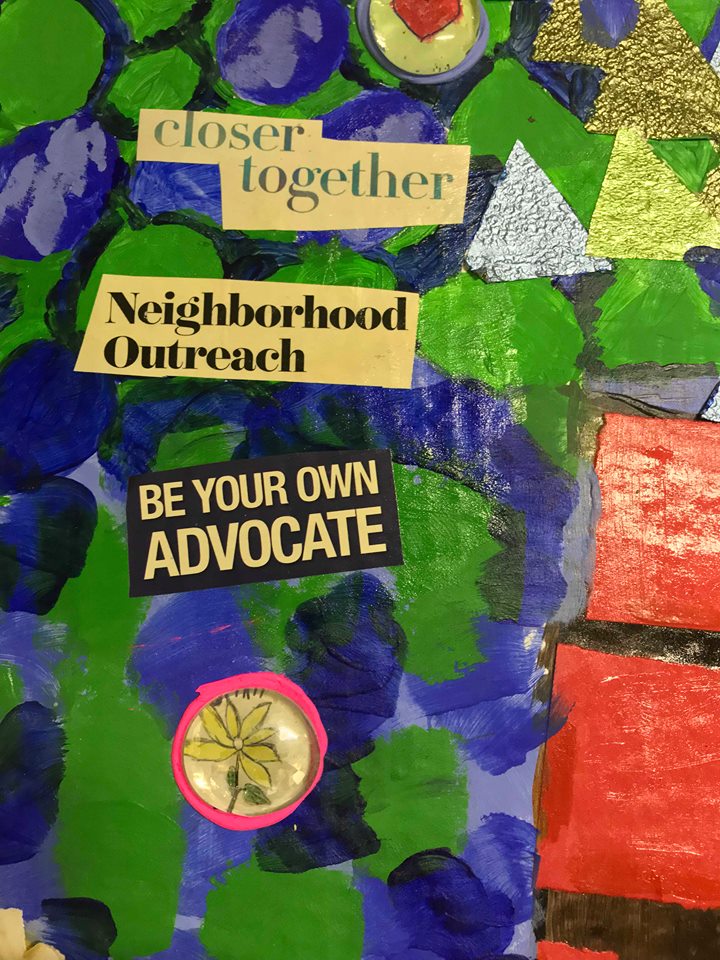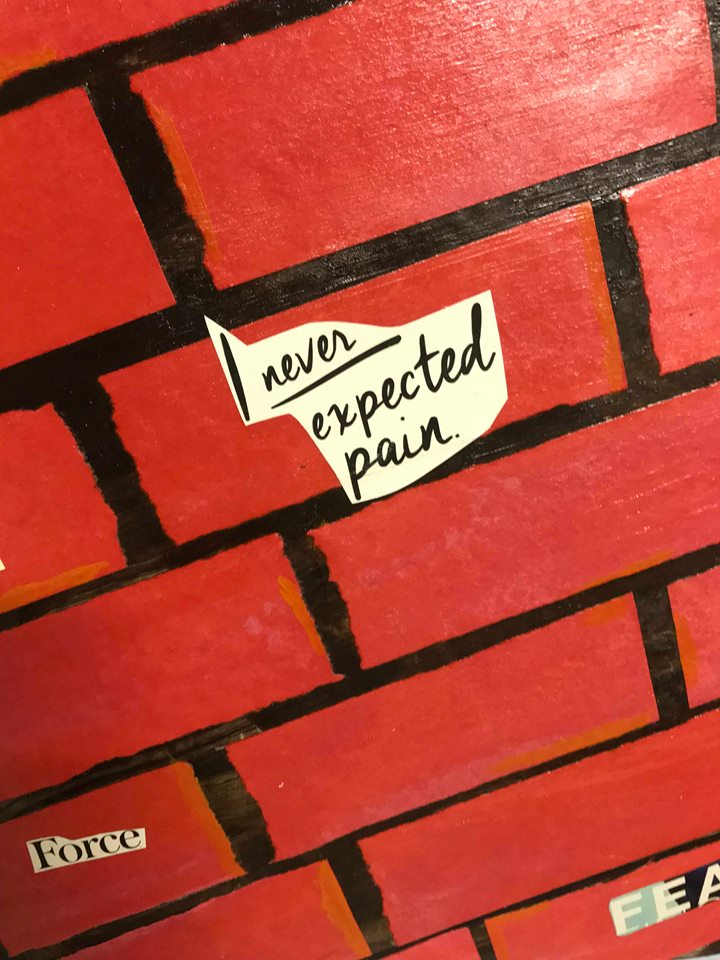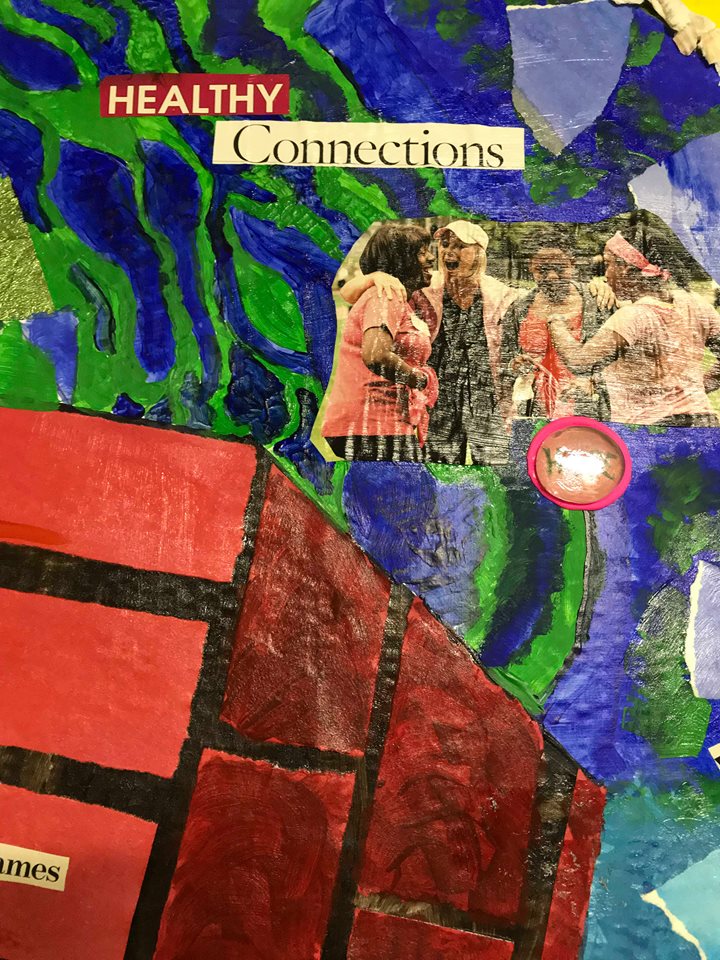
- Who We Are
-
-
-
Who we are
A leader in creativity and mental wellness, AWBW supports hundreds of direct service organizations across the country to incorporate creative expression into their work with trauma survivors. AWBW’s training in facilitating art as a tool for transformation and healing, along with our library of curriculum and ongoing support, strengthens our program partners’ ability to better assist the individuals and communities they serve.
-
-
-
-
- What We Do
-
-
-
WHAT WE DO
AWBW builds capacity at partnering organizations through training their staff to facilitate our trauma-informed art workshops, as well as continuing to support them as they implement the Windows Program with those who have experienced various forms of trauma. Through this unique model, we have developed a nationwide network of 1,200+ active Windows Facilitators, allowing us to reach tens of thousands of survivors each year.
-
-
-
-
- Ways to Help
-
-
-
GET INVOLVED
MAKE A DONATION
-
WAYS TO GIVE
-
-
-
- Our Next Chapter
-
-
-
-
From the beginning, a circle of connected innovation — comprised of each facilitator, supporter, staff, board member, and survivor — has created AWBW. As we celebrate 30 years of transforming trauma, we invite you to join us in both honoring the talents that have brought our work this far and carrying that work into a sustainable future.
-
-
Celebrate with us
-
-
- Donate
- user login
- search button
-
exit button
Safety Exit
If you are in danger, please use a safer computer, or call 911, a local hotline, or the U.S. National Domestic Violence Hotline at 1-800-799-7233 and TTY 1-800-787-3224. Learn more technology safety tips. There is always a computer trail, but you can leave this site quickly— click the Exit icon.

